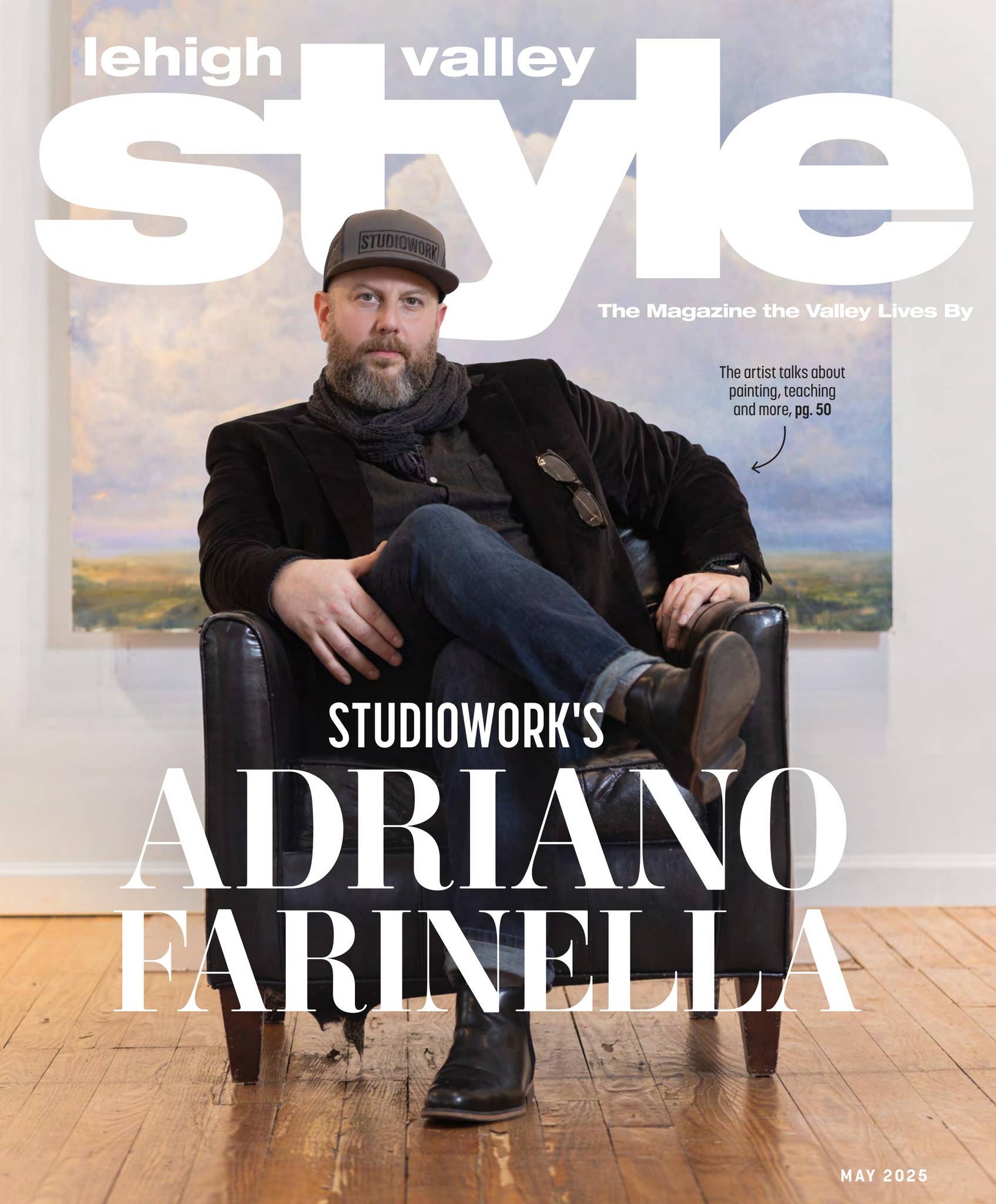Need an antidote to another lazy summer afternoon? We've got the solution: Load the kiddos in the car and head to the Lehigh Valley Zoo in Schnecksville. Amid the picturesque preserved woodlands in Lehigh County, this super-accessible zoo (no need to drive to Philly or New York!) is the perfect place for animal lovers of all ages to get up close and personal with critters of all kinds. Here, we've rounded up your A–Z guide to everything you need to know for your visit.
A is for AZA. Joining the ranks of 232 of the world's top zoos and aquariums, the Lehigh Valley Zoo is a member of the esteemed Association of Zoos & Aquariums (AZA). Aside from ensuring excellent care for their critters, AZA zoos are known for being future focused, leading animal conservation projects and animal breeding programs.
B is for Bean the sloth, one of the Zoo's most popular animal ambassadors. Follow Bean on Instagram @beanthesloth for adorable photos and interesting fun facts, and to keep track of his upcoming meet-and-greet events. Who knew sloths were so darn cute?!
C is for Conservation. Conservation of species is one of the primary goals of the AZA, and the Lehigh Valley Zoo does their part through breeding programs, local species surveys and fundraising. On the local level, Zoo staff have contributed to turtle conservation, and participated in field work with Pennsylvania bats and eastern massasauga rattlesnakes.
D is for Design. Did you know that each animal habitat is carefully designed to allow the animals to exhibit natural behaviors? Which leads us to…
E is for Enrichment. Forage, climb, investigate, play: Enrichment stimulates an animal's senses, curiosity and desire to manipulate their environment, similar to what they would exhibit in the wild. Plus, it's fun to watch.
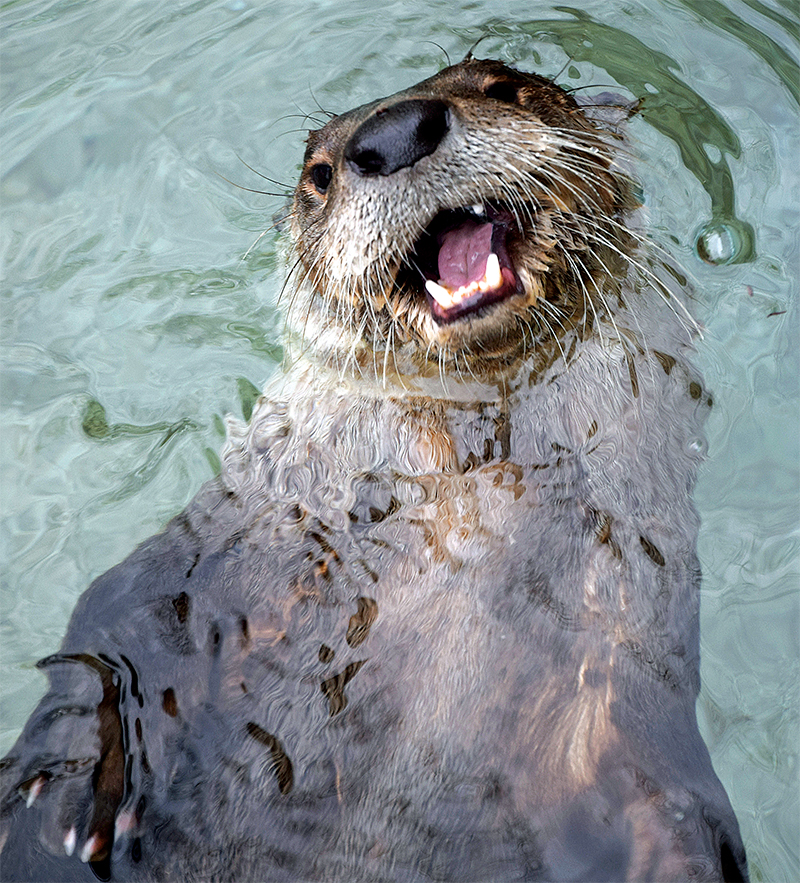
Visit Otter Island
Watch the otters play with their favorite enrichment, a frozen otter cake that bares their beloved fish snacks as it melts. Oh, the anticipation!
F is for Family Fun. A visit to the Lehigh Valley Zoo = fun for everyone. We suggest skipping the individual tickets and going right for the annual membership. Since the Zoo is on the small side, it's an easy option to fill a free afternoon and the Zoo hosts tons of special events throughout the year that make repeat trips a must. Come back to celebrate national holidays such as Earth Day and Arbor Day, and create new family traditions by visiting during one of their can't-miss events, like the Winter Light Spectacular in December.
G is for Genetic Diversity. As an AZA member, the Lehigh Valley Zoo supports the organization's Species Survival Plan program, tracking the genetic diversity of animal populations to ensure the best possible matches.
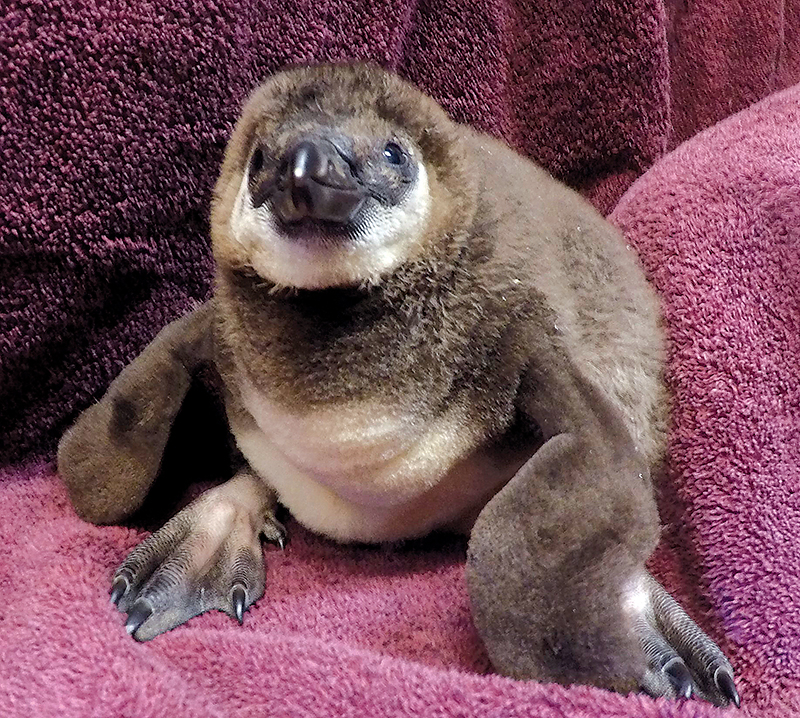
Love Connection
Don the penguin was sent to the Lehigh Valley Zoo from a zoo in Michigan because she was considered a match for two of the Valley's resident penguins. Lucky for us, she fell in love and had a baby last year!
H is for Husbandry. (No, we don't mean finding a penguin husband for Don.) Animal husbandry practices carried out by the Zoo's experienced keepers ensure that animal residents are happy and healthy, receiving the utmost day-to-day care.
I is for Inspire. Inspiring a love of animals and the environment is what the Zoo is all about. Find your favorite animal—from the tiny but mighty fennec fox to the majestic bald eagle.
J is for Jordan Creek. Newcomers (and regulars alike) never forget the experience of driving through Jordan Creek on their way out of the Zoo. Rushing water across the road with no bridge in sight, it's not uncommon for newbies to take a pause before crossing through the shallow water. Grab your camera and enjoy the car wash!
K is for Keepers. During your visit, you'll be sure to spot several of the Zoo's 12 full-time keepers and six intern keepers who lovingly care for the animals day and night. All keepers have an educational background in animal science, come to the Zoo with diverse experience and are always willing to share their knowledge and expertise with zoo-goers.
L is for Luani and Naya, the Zoo's resident otters. Breeding plans for the couple are underway, so hopefully there will be some adorable additions to Otter Island for your next visit!
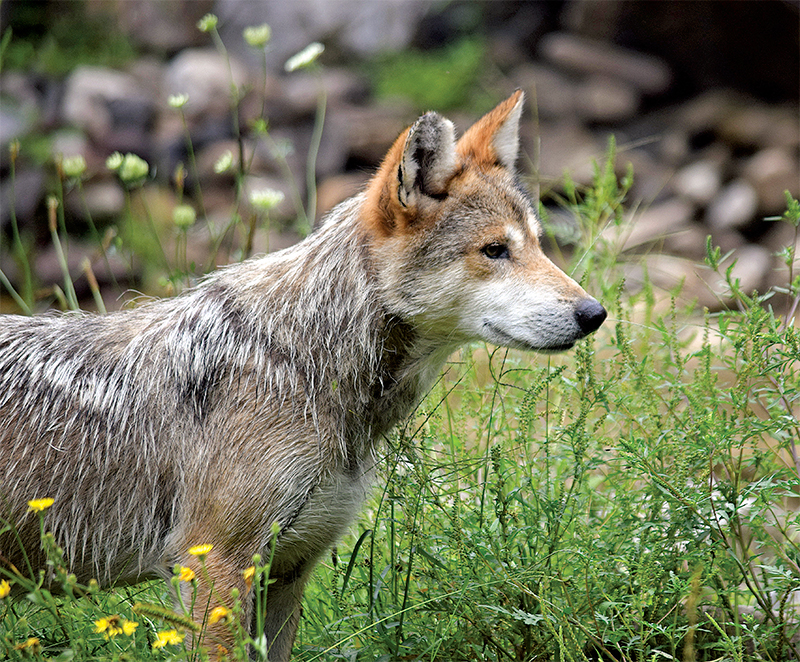
M is for Mexican gray wolves and Masai giraffes, two of the Zoo's most endangered animals. Less than 140 Mexican gray wolves and less than 30,000 Masai giraffes are left in the wild. The Lehigh Valley Zoo plays a vital role in working with other zoos and conservation centers to re-establish more of these animals for future release in the wild.
N is for Nature Play. Discovering new things about the nature around us through guided activities and independent exploration is proven to support developmental growth in children of all ages. The Zoo offers two family-oriented Nature Play programs: Wild Beginnings and Green Connections. Available daily during the summer months, check out the Nature Play cart down at Preston's Pad.
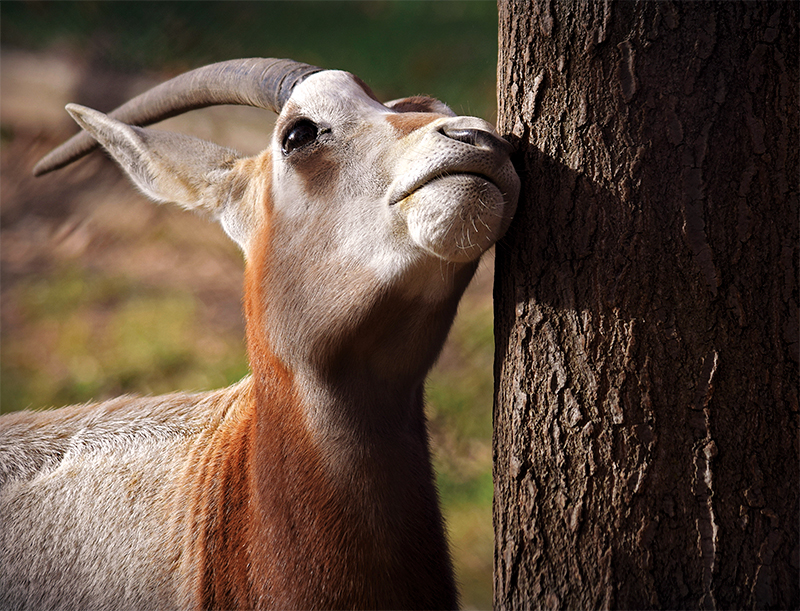
O is for Oryx. The scimitar-horned oryx was once extinct in the wild. Over the last three years, the Zoo has had six oryx calves born on site and they played an important role in the reintroduction of these animals to their native Africa in 2016.
P is for Penguins. You can't help but fall in love with these adorable little birds waddling around the penguin pavilion. Be sure to catch one of the daily scheduled feedings at 11 a.m. and 3 p.m. And keep up with the penguins' antics in between visits by watching them live on the Lehigh Valley Zoo Penguin Cam (accessible daily on the Zoo's website).
Q is for Quill, the Zoo's male ambassador prehensile-tailed porcupine and one of two porcupines that call the Zoo home. During the summer, you can find this nocturnal pair snoozing in the trees.
R is for Reintroduce. Replenishing animal populations in danger of extinction and reintroducing them into the wild is another important way the Zoo follows the AZA's Species Survival Plan.
S is for AZA SAFE: Saving Animals From Extinction, which relies on the expertise of zoos such as the Lehigh Valley Zoo to save species that might not exist without their efforts.
T is for Threatened Species, which the Zoo supports by educating the public and ensuring survival.
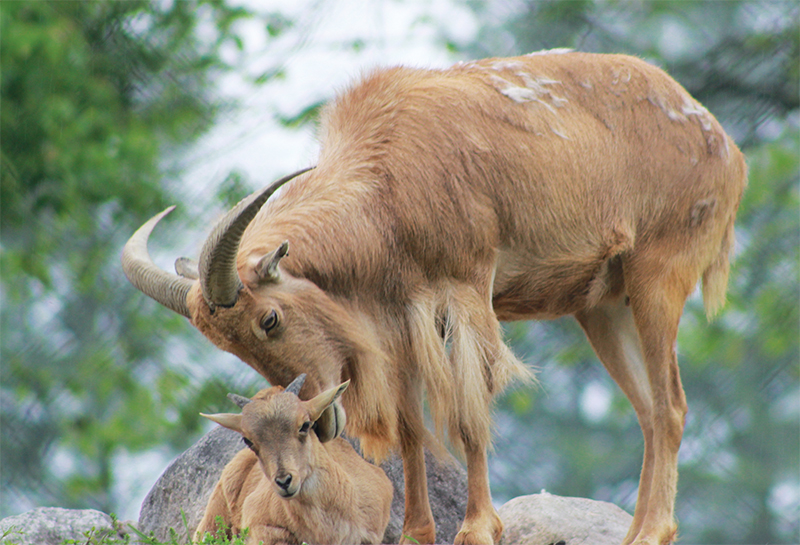
U is for Ungulate, the scientific word for hooved mammals. Visit the Zoo's hooved inhabitants including the Rocky Mountain elk, scimitar-horned oryx and Plains bison.
V is for Views of the Valley. Winding your way along the rural roads of Schnecksville and ascending the hills toward the Zoo entrance, you're treated to a truly spectacular view when you arrive at (and leave) the grounds. Slow down and take in the scenery.
W is for the WOW (Wonders of Wildlife) animal encounter shows that get you up close and personal with some of the Zoo's residents. WOW takes place daily in the Zoo's amphitheater.
X is for Xenarthra, the scientific word for the group of mammals containing anteaters, armadillos and sloths like Bean.
Y is for Youth Programs. The Zoo holds many different programs for kids and teens, from zoo camps to family nature programs suited for kiddos as young as 18 months. It's never too early to foster a love of nature.
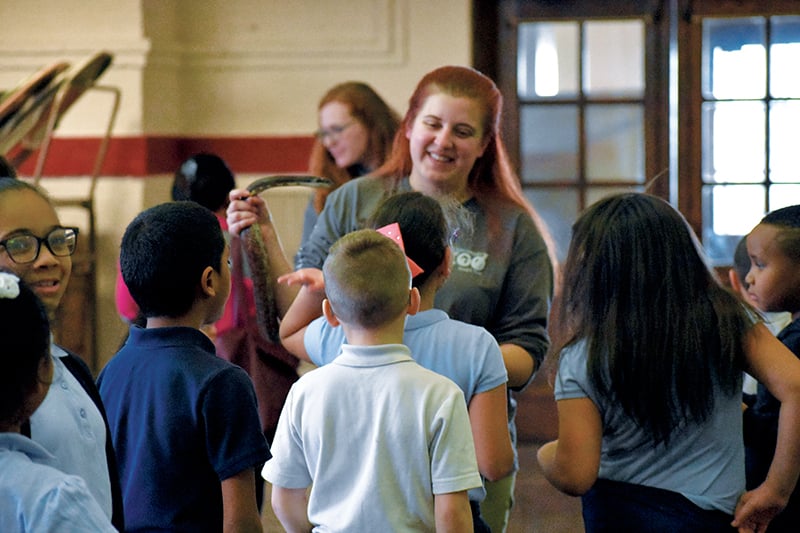
Z is for Zoo Reach programs, which allow the Zoo to bring some of their 50 ambassador animals out into the community to festivals, schools and businesses to help spread awareness about the animals in their care.
A-Z & 1, 2, 3! LV Zoo By the #s
- 131 species & 240+ animals live at the Zoo
- 12+ endangered animals call the Zoo home. Hopefully more baby animals will be born this year to continue the conservation efforts!
- 324,400+ guests visited the Zoo in 2017
- 29 acres expand across Trexler Nature Preserve
Plans to Look Forward To
Under the direction of Melissa Borland, President and CEO, the Zoo is working on a new Aldabra Tortoise exhibit, building a new main entrance and have their sights set on creating an African trail in the near future!







